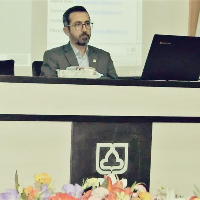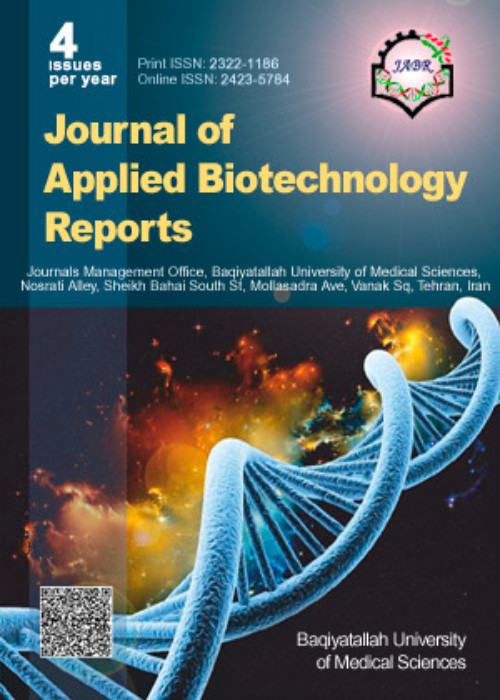Evaluation of Dashti and Shirvāni Translations of the Verbs in Sheqsheqiyah Sermon of Nahjolbalāqeh based on Nida's Equivalent Theory
Translators and linguistics represented many theories about translation in two different languages. In translation assembly Nayda represented equanimity theory and he belived that it is a process that follows natural equivalances in destination language. Indeed’ Nayda’s theory is completed in a few steps. Prophet Ali in Sheghsheghieh sermon pointed the right of the caliphate in Nahj-al-Balagha by some contentions. That due to attention to literary style of sermon, the exami ation of translation can help translators in future. In this sermon, there are 70 verbs that authors find the correct equivalances for them by considering the current situation. In next steps, the correct equivalances are compared with equivalances of two translators and it is defined that both of them find the best and the same equivalances for some of the verbs. Besides, in translating some of the verbs, both translators make a mistake or one of them makes a mistake. It is defined that both honorable translators find correct equivalances for the most verbs. The number of the correct equivalances in Shirvani translation was 44 and in Dashti translation, it was about 40 verbs. That is justifiable based on contemPoraneous of two translators.
-
A critical discourse analysis study of Barid Al-Lail (explanation and interpretation levels)
*, Reyhane Emami Chahartagh
Studies in Arabic Narratology journal, -
The semantics of the word “dispute” based on the seven types of Izutsu's simultaneous semantic theory
Sakineh Mosavi Asl, Shaker Ameri *, Ali Akbar Noresideh
Journal Of Linguistic and Rhetorical Studies,



